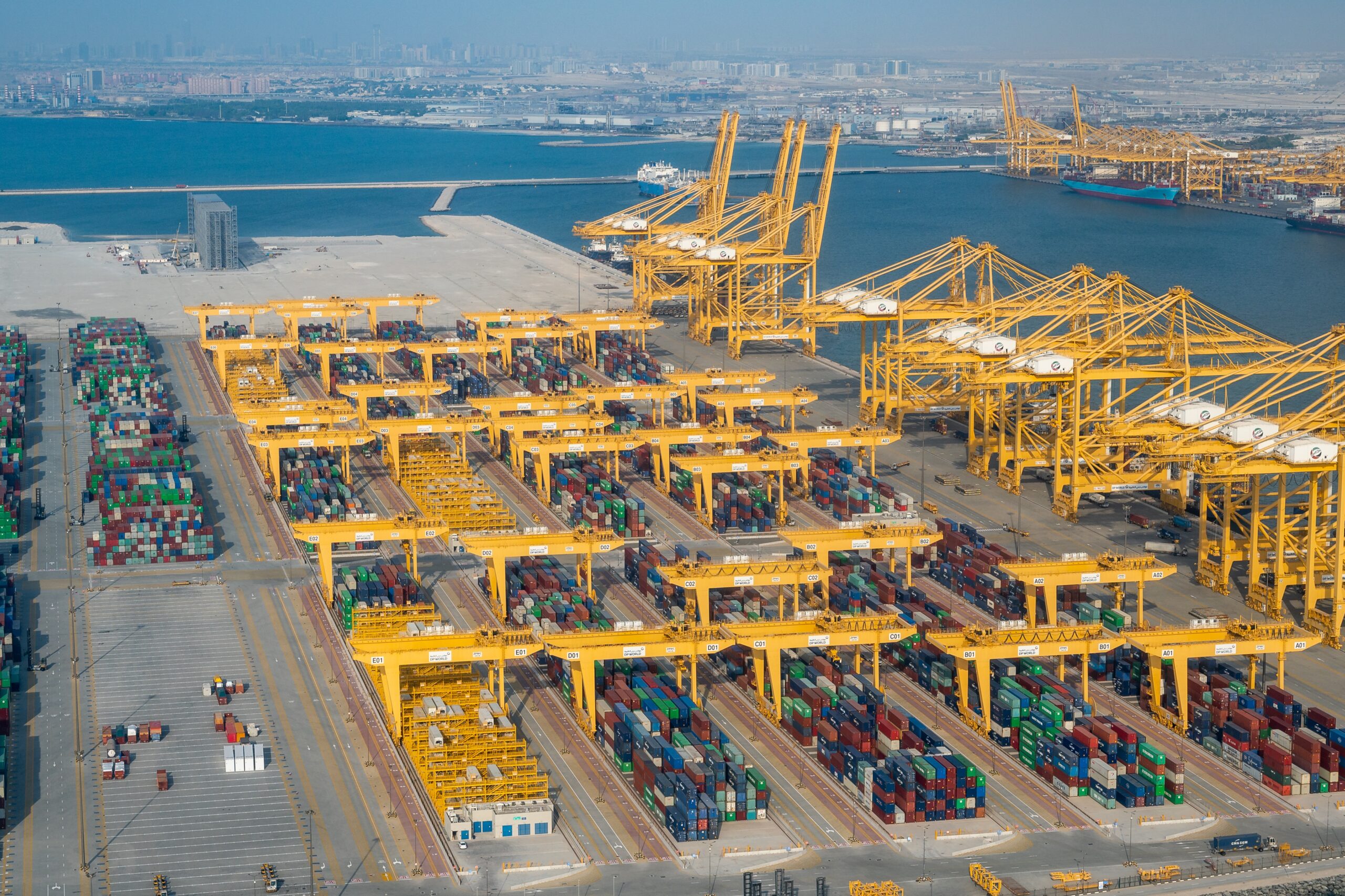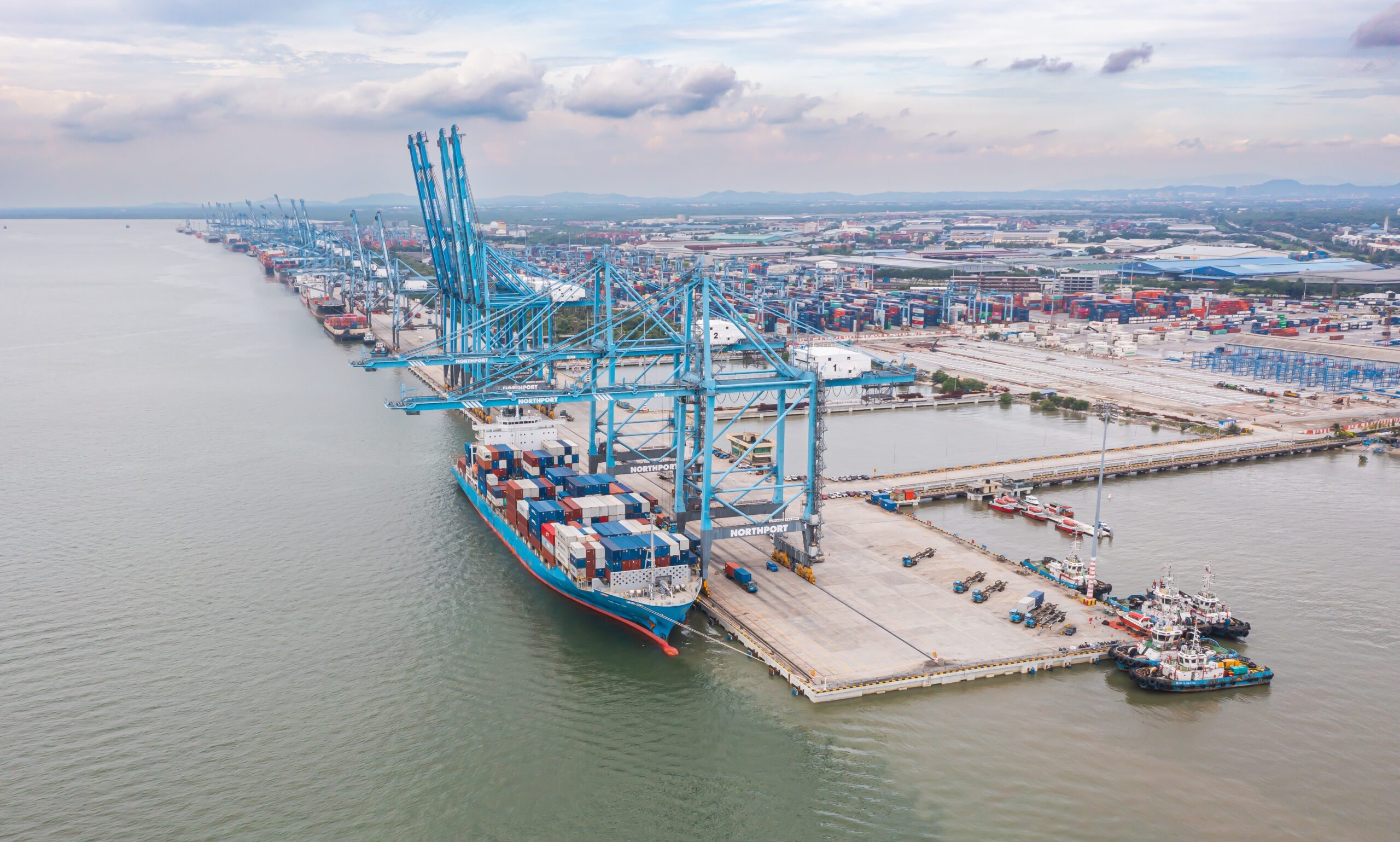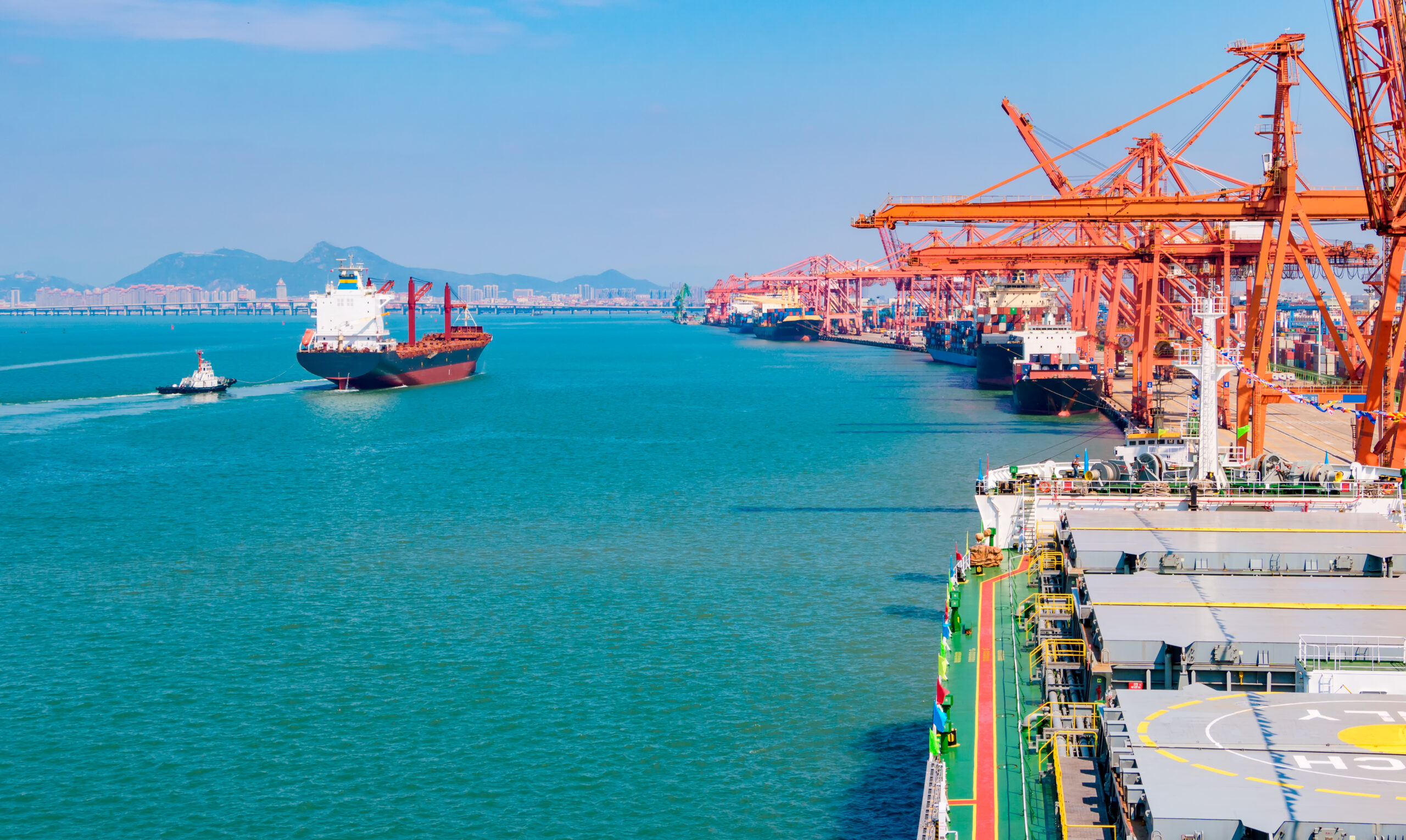The largest ports in the world play a vital role in global trade and transport, handling enormous volumes of goods every year. Each of these ports features unique capabilities and infrastructure to manage the constant flow of imports and exports. Located strategically in various parts of the world, they operate on a massive scale with advanced technology and well-organized systems. Here’s a closer look at some of the busiest and largest ports around the globe.
Port of Shanghai, China

The Port of Shanghai, situated at the Yangtze River Delta, holds the title as the world’s largest port. Covering an impressive land area of 3,619 square kilometers, it handles massive cargo traffic and supports China’s economic growth. Annually, the port manages around 744 million tons of cargo, making it a key player in international shipping. With a container volume exceeding 43 million TEUs (Twenty-Foot Equivalent Units), it remains unmatched in terms of container capacity. The port is highly automated and equipped with cutting-edge technology, ensuring efficient operations round-the-clock.
Port of Singapore, Singapore

Located strategically in Southeast Asia, the Port of Singapore is renowned for its efficiency and connectivity. Spanning over 5,000 hectares, it acts as a vital transshipment hub for the region and links over 600 ports worldwide. The port handles about 626 million tons of cargo annually, showcasing its massive capability. Its container volume reaches nearly 37 million TEUs, placing it among the busiest globally. With advanced facilities and a commitment to sustainability, the Port of Singapore is critical to global trade.
Port of Ningbo-Zhoushan, China

The Port of Ningbo-Zhoushan, situated on the East China Sea coast, serves as a key maritime gateway for China. With an expansive land area of 1,340 square kilometers, this port handles over 1 billion tons of cargo annually. It accommodates a container volume of approximately 31 million TEUs, highlighting its essential role in regional and global trade. Ningbo-Zhoushan stands out with its modern infrastructure, and it continuously expands to meet growing demands.
Port of Shenzhen, China

The Port of Shenzhen, located along the coast of Guangdong Province, is one of China’s busiest container ports. It spans over 260 square kilometers, acting as a hub for international and domestic trade. Each year, it processes more than 27 million TEUs, showing its significant container capacity. Shenzhen is integral to China’s export industry, with modern facilities and technology enhancing efficiency. Its strategic position in the Pearl River Delta makes it crucial for trade with global markets.
Port of Guangzhou, China

The Port of Guangzhou, nestled in the Pearl River Delta, plays a pivotal role in China’s trade network. Covering around 800 square kilometers, it facilitates significant cargo flow across the region. The port handles approximately 637 million tons of cargo each year, demonstrating its immense capacity. With a container throughput of over 23 million TEUs, it ranks among the world’s top ports. Advanced logistics systems and seamless connectivity support Guangzhou’s position as a vital trading center.
Port of Busan, South Korea

Busan Port, located on South Korea’s southeastern coast, serves as the nation’s main container port. Spanning 840,000 square meters, it efficiently manages international cargo and supports the country’s economy. Busan processes over 22 million TEUs annually, underscoring its high container volume. The port is well-regarded for its innovative facilities and sustainable practices, ensuring smooth operations. As a gateway to Northeast Asia, it connects South Korea with major global markets.
Port of Hong Kong, Hong Kong

The Port of Hong Kong, set in one of the world’s busiest shipping hubs, is renowned for its advanced operations and bustling activity. Covering an area of 2,700 hectares, it processes around 17 million TEUs annually. With a significant annual tonnage, Hong Kong’s port is vital for trade in the Asia-Pacific region. Its state-of-the-art facilities and well-developed logistics make it an essential maritime center. The port connects Hong Kong to key markets worldwide, solidifying its role in global shipping networks.
Port of Qingdao, China

The Port of Qingdao, located on the Yellow Sea’s coast in China’s Shandong Province, is one of the world’s largest and busiest ports. Covering around 4,000 hectares, it supports a massive annual cargo throughput of approximately 540 million tons. The port handles around 23 million TEUs (Twenty-Foot Equivalent Units) in container volume each year. It serves as a critical hub for trade in Northeast Asia and connects China to major global markets. With its deep-water channels and high-capacity terminals, Qingdao continuously expands its infrastructure to meet growing demands.
Port of Tianjin, China

Situated near Beijing, the Port of Tianjin is China’s primary maritime gateway for northern trade. Spanning an area of around 121 square kilometers, it manages a substantial annual cargo volume exceeding 500 million tons. The port processes close to 20 million TEUs annually, showcasing its high container capacity. Tianjin’s strategic location on the Bohai Sea makes it essential for trade with Northeast Asia and Europe. Advanced container handling and vast storage facilities ensure efficient operations, supporting its role as a key hub in global shipping.
Port of Dubai (Jebel Ali), United Arab Emirates

Located in the emirate of Dubai, Jebel Ali is the largest port in the Middle East and a vital hub for trade between Asia and Europe. Covering approximately 134 square kilometers, it facilitates an annual cargo throughput of over 80 million tons. The port handles nearly 15 million TEUs each year, demonstrating its significant container volume. Jebel Ali is renowned for its world-class infrastructure and automated facilities, ensuring seamless and efficient operations. As a free trade zone, it attracts numerous international businesses, boosting its economic importance.
Port of Rotterdam, Netherlands

The Port of Rotterdam, situated in the Netherlands, is Europe’s largest port and a key gateway to the continent. Stretching over an expansive area of 105 square kilometers, it manages an annual cargo volume of roughly 440 million tons. Rotterdam’s container throughput reaches around 15 million TEUs per year, placing it among the busiest in Europe. The port boasts cutting-edge technology, including automated cranes and smart logistics systems, to optimize operations. Its strategic position on the North Sea allows direct access to inland European markets, making it indispensable for regional trade.
Port Klang, Malaysia

Located along the Strait of Malacca, Port Klang is Malaysia’s principal maritime hub and a vital link in Southeast Asian trade. The port spans around 1,000 hectares, handling an impressive annual cargo volume of over 230 million tons. Port Klang processes close to 13 million TEUs each year, underscoring its importance in global shipping. Advanced logistics facilities and dedicated container terminals support its high efficiency. Its proximity to major shipping lanes enhances Malaysia’s connectivity to global markets, making Port Klang a crucial player in international trade.
Port of Antwerp, Belgium

The Port of Antwerp, located in Belgium, is one of Europe’s largest and most significant ports. It occupies approximately 120 square kilometers, with an annual cargo tonnage of around 240 million tons. The port handles nearly 12 million TEUs per year, showing its impressive container capacity. Antwerp’s central location in Europe enables it to efficiently connect with inland transportation networks. Equipped with advanced logistics facilities, the port supports a wide range of goods, from chemicals to consumer products, making it a critical hub for European trade.
Port of Xiamen, China

The Port of Xiamen, positioned on China’s southeastern coast in Fujian Province, plays a significant role in regional trade. Covering a land area of about 30 square kilometers, it processes an annual cargo volume exceeding 200 million tons. With a container volume reaching approximately 11 million TEUs each year, Xiamen ranks among China’s top ports. Its strategic location on the Taiwan Strait allows easy access to both domestic and international shipping routes. Modernized facilities and a focus on eco-friendly practices ensure that the port operates efficiently and sustainably.
Port of Kaohsiung, Taiwan

Located on Taiwan’s southwestern coast, the Port of Kaohsiung is the island’s largest and busiest port. It spans an area of around 1,800 hectares, handling an annual cargo volume of over 10 million TEUs. Kaohsiung plays a critical role in Taiwan’s economy, connecting it to international markets across Asia, Europe, and North America. The port’s advanced container terminals and automated systems ensure efficient cargo handling. With extensive infrastructure and a focus on expanding capacity, Kaohsiung continues to grow as a major hub for global trade.
This article originally appeared on Rarest.org.
More from Rarest.org
13 Rare Bird Species Facing Extinction Due to Habitat Loss

Birds across the globe are facing a significant threat of extinction, largely due to the destruction of their habitats. Read More.
10 Largest Colleges in the United States

The United States is home to some of the largest colleges in the world, both in terms of student population and campus size. Read More.
20 Mysterious Caves from Around the World with Hidden Secrets

Caves have long fascinated humanity, offering glimpses into hidden worlds beneath the Earth’s surface. Read More.
